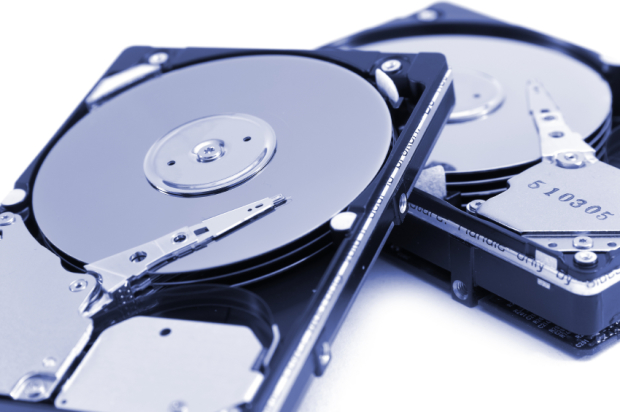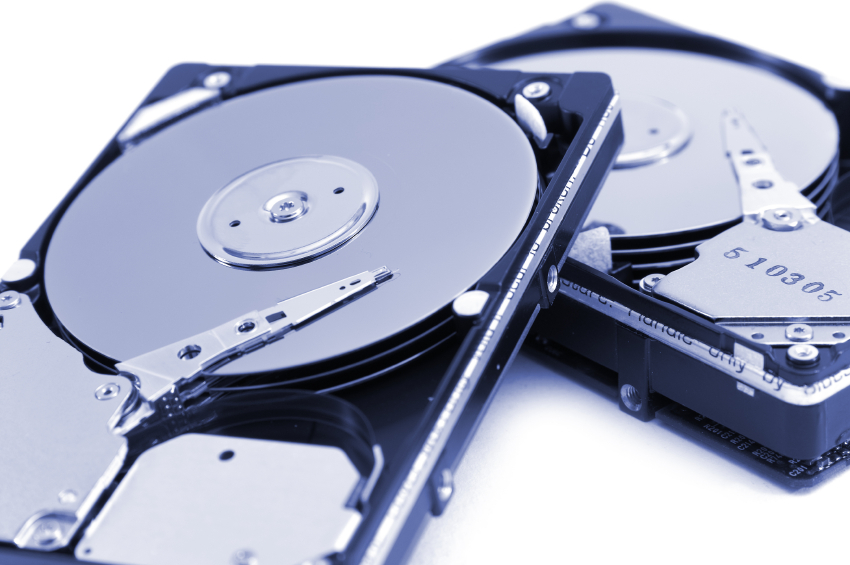If you used computers for any length of time, chances are that you have experienced a computer crash. If you were lucky, you were only faced with the hassle of attempting to get your computer up and running. However, in far too many cases, computer crashes result in partial or total data loss.
Backing up your essential files and programs has always been wise, but in past decades the process was cumbersome, slow and expensive. These days, there is little excuse not to back up your computer files. In many cases the backup process runs in the background, allowing you to continue to use your computer while protecting your data against loss. Depending on your needs and your budget, you also have several data backup options.

Full, Incremental, Differential and Selective Backup
The first decision you must make regarding data backup is whether you want to conduct a full, incremental, differential or selective backup of your computer’s files and programs. Full backup involves backing up all the files on your computer’s system. In many cases full backup is conducted as a mirror image of the computer’s hard drive, so that the entire configuration can be restored immediately in case of a crash. Incremental backup involves an initial full backup, but later backup operations only copy those files that have changed since the previous backup. Differential backup copies files that have changed, but retains copies of previous versions of files that are backed up. Selective backup only copies and saves specific files, such as photos, music or sensitive documents.
The second decision you must make involves choosing the medium or service for your stored files. If you favor convenience and absolute privacy, physical based backup systems are desirable. However, the backup and restore process can be slow. On the other hand, online and cloud-based data backup programs potentially free you from the constraints of your computer. The tradeoff, however, is relaying on a provider’s reliability and uptime percentage, as well as the potential that sensitive data could be leaked or otherwise compromised by unauthorized access.
Physical Backup Systems
Physical backup systems involve backing up data and files on physical media. Many individuals and businesses prefer physical backup systems because they can retain sole access to their files. Tape drives are used for large scale physical backups. Individuals are more likely to use external hard drives or flash drives to perform physical backups. CDs and DVDs can also be used for physical backup, but the process is too slow and tedious for full backups, although backup copies of operating system software are sometimes stored on CDs and DVDs.
Online and Cloud-Based Backup Systems
Many people use the terms online and cloud-based backup systems interchangeably. Both systems involve offsite backup of data, documents or files. However, there are significant differences between the two types of backup systems. Each data backup system has both advantages and disadvantages.
Cloud-based data backup systems allow you to access entire sets of files or individual files from any location. Products like Google Drive, Dropbox and ZipCloud utilize a cloud-based data backup system. By contrast, online data backup systems allow you to store your files and documents using the same file system you have set up on your computer. Examples of online data backups systems include Mozy and BackupGenie. A handful of companies combine both online and cloud-based data backup to allow users the most possible flexibility in data backup options.

